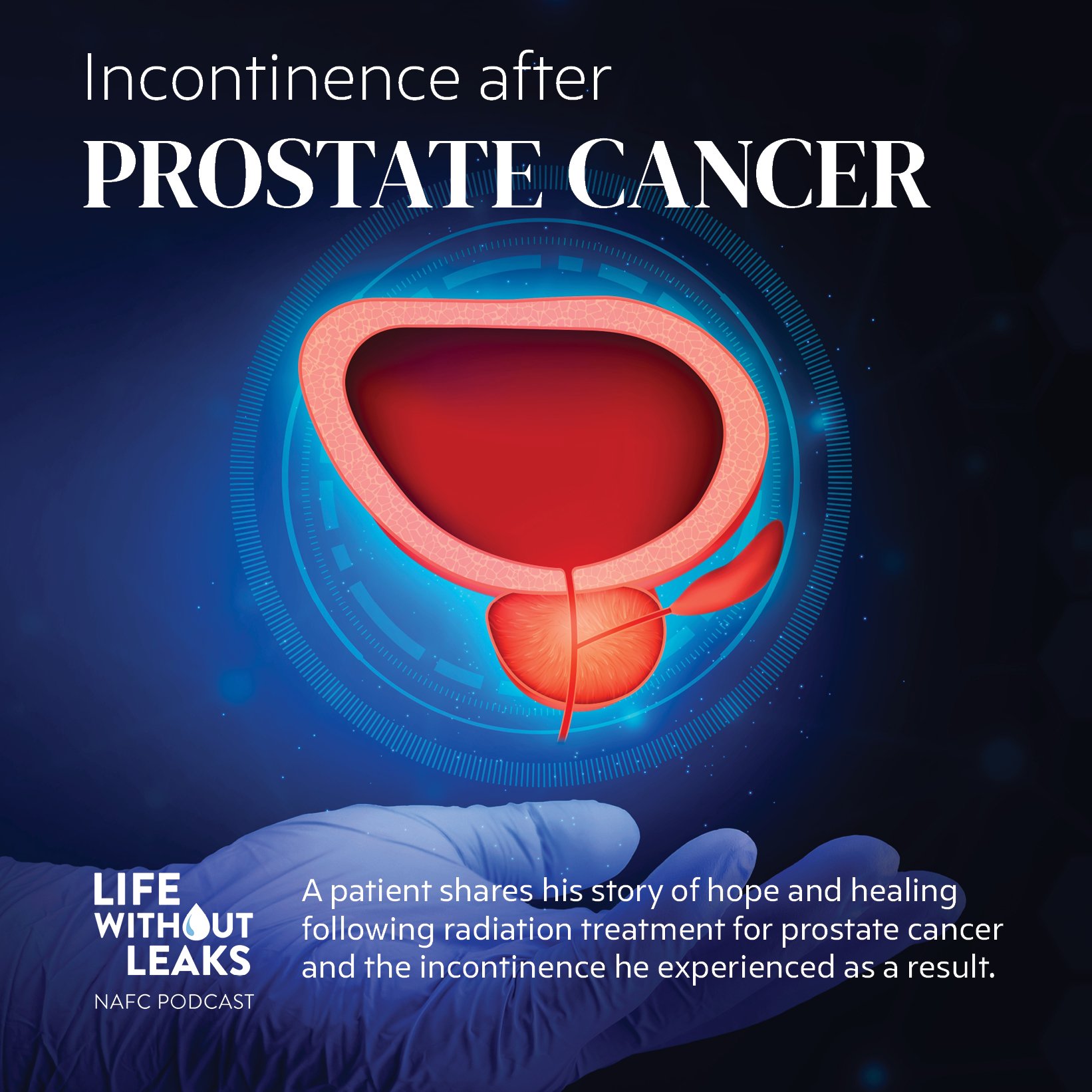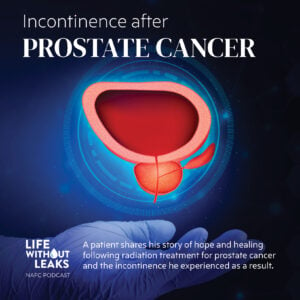“Are bladder leaks normal?”
“Is leaking a little bit just something that I have to put up with as I get older?”
At NAFC, we get asked these types of questions a lot. So many people think that it’s normal to start having small bladder leaks as they get older. They think it’s a natural part of aging. But nothing could be further from the truth. Our bodies are not naturally designed to just start leaking at a certain age. While urinary incontinence is common as we get older, it’s never, ever normal. And the sooner we can all move on from this myth the better. Bladder leaks are never something that you should endure. Urinary Incontinence: What’s Normal And What’s Not?
Incontinence can occur because of many reasons, and many of these reasons are in fact a result of age, and the things our bodies have gone through over time. For instance, many women who have given birth often experience incontinence, even years after they’ve had a baby. This is often because carrying a baby for 9 months, and then giving birth weakened their pelvic floor. If this weakness was never addressed, and no effort was made to help correct it, the pelvic floor may only get weaker as time goes on.
In addition, as with all muscles in the body, as you age they begin to shrink and lose mass. This is a natural process, but if nothing is done to correct it, the process is accelerated.
So yes, it may be quite common, for a woman in her 50’s who has grown children to start experiencing bladder leaks, but it certainly does not mean that she has to sit back and accept it as normal. There are always things you can do, steps you can take, to manage and treat the problem.
Unfortunately, many men and women never even mention bladder leaks to their doctor. They may be too embarrassed to discuss it, feel that it isn’t important enough to take up the valuable time in a regular check up, or they just think it’s something they can’t do anything about. And while we recognize the sensitivity of the situation and know that it can be difficult to talk about, it’s never a good idea to just ignore the problem.
If you’ve just started to notice bladder leaks, our advice to you would be to act quickly. Don’t wait and accept the leaks as normal. Make an appointment with your doctor and start developing a treatment plan right away. The sooner you start addressing the leaks, the sooner you’ll be able to stop them, and you may in fact reverse the problem before it gets a lot worse.
(Click here to see ways you can address bladder leaks before even seeing a doctor!)
There are lots of treatments out there, and many of them are non-invasive. Diet and exercise, and physical therapy can do wonders for many men and women. And if those don’t do the trick, medications, neuromodulation (where specific nerves controlling the brain/bladder connection are stimulated to help prevent leaks), and even Botox, are all options for treatment that don’t involve surgery. And, for extreme cases, or those in which nothing else you’ve tried works, surgery is, in fact, an option.
So now, during National Bladder Health Awareness month, we want to urge anyone who is living with bladder leaks to finally take charge and do something about them. Talking to your doctor is a great first step.
Urinary Incontinence: What’s Normal And What’s Not?
In the meantime, sign up to receive our ebook about the options for managing your incontinence so you’ll be prepared to discuss the various treatment methods and have a good idea of what might interest you. Bladder leaks are not normal, and no one should ever think that they must endure them.







